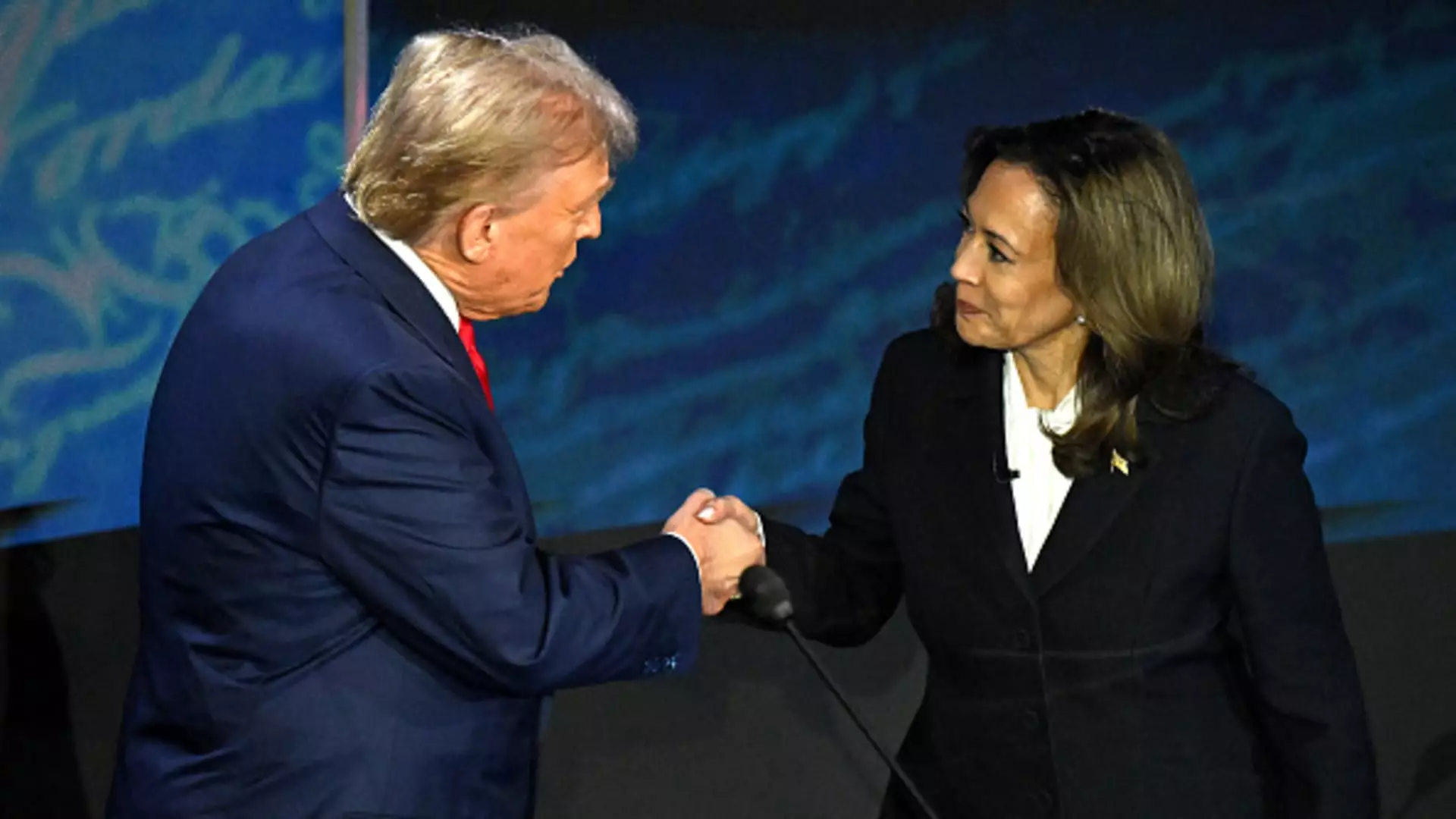In a striking shift within the electoral financing arena, Vice President Kamala Harris has surpassed former President Donald Trump in fundraising efforts considerably during August. With her campaign raising an impressive $189 million—more than quadrupling Trump’s $44 million—the dynamics of the 2024 presidential race have shifted dramatically, as indicated by Federal Election Commission (FEC) filings. This financial surge not only strengthens Harris’s prospects but also highlights the ongoing evolution of donor priorities in this election cycle.
Harris’s campaign, in collaboration with the Democratic National Committee (DNC) and affiliated fundraising committees, boasted a staggering $361 million for the month. This figure dwarfs Trump’s $130 million, signalling a rising tide of support for Harris that transcends mere contributions to individual campaigns. Such a robust fundraising trajectory is particularly noteworthy when measured against the backdrop of political financing in previous cycles, where Republican strongholds often dominated.
The fundraising numbers evoke a sense of renewed energy among Democratic donors, especially following the July announcement of President Biden’s endorsement of Harris after he concluded his candidacy. This momentum has undoubtedly fueled enthusiasm from the party base, suggesting that the initial excitement surrounding the candidate transition has not only been maintained but also reinforced.
Moreover, Harris’s campaign has adopted a proactive spending strategy; in August, she and the DNC collectively expended $258 million on campaign activities compared to Trump’s $121 million. This strategic allocation of resources underscores an aggressive approach by Harris to solidify her message and reach undecided voters via both traditional television advertising and extensive digital platforms. The campaign’s understanding of modern media engagement plays a critical role in navigating the electoral landscape, especially as voters increasingly consume content online.
With nearly $404 million in cash on hand as August closed, Harris’s financial reserves position her campaign advantageously heading into the heart of the election cycle. In stark contrast, Trump’s reported war chest of $295 million highlights a growing financial discrepancy that could impact the effectiveness of his campaign strategies in the crucial weeks ahead.
The enthusiasm demonstrated through Harris’s recent fundraising success is not just a numeric figure; it symbolizes a strategic narrative that resonates with a wider electorate. Statements from campaign figures like Julie Chavez Rodriguez emphasize the commitment to channeling each donation effectively to win over the pivotal voter demographics necessary for success.
Conversely, Trump’s campaign remains optimistic about its trajectory. Senior adviser Brian Hughes asserts that there is a sense of momentum building in their operations, indicating a steadfast belief that their foundational support will carry them through the final stages of the race.
As the candidates enter the final stretch of the presidential election, the stark differences in fundraising and spending strategies between Harris and Trump underscore the critical role financial resources play in shaping political narratives and voter engagement. The evolving landscape not only reflects the candidates’ financial health but also signals a broader commentary on the state of American electoral politics. As we edge closer to November, the implications of these financial maneuvers are likely to be felt not just in advertisements but in the very choices voters make at the ballot box.


Leave a Reply